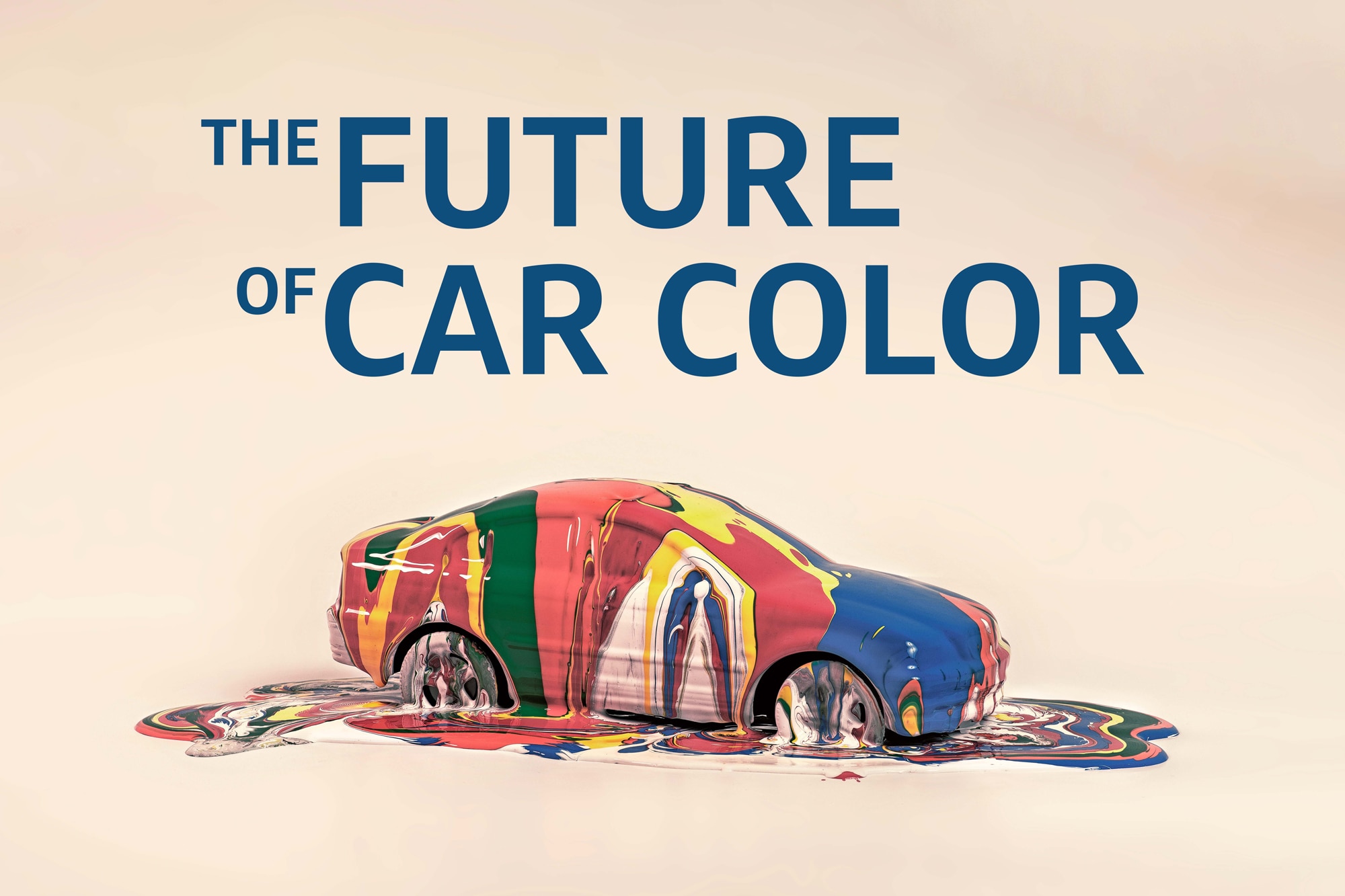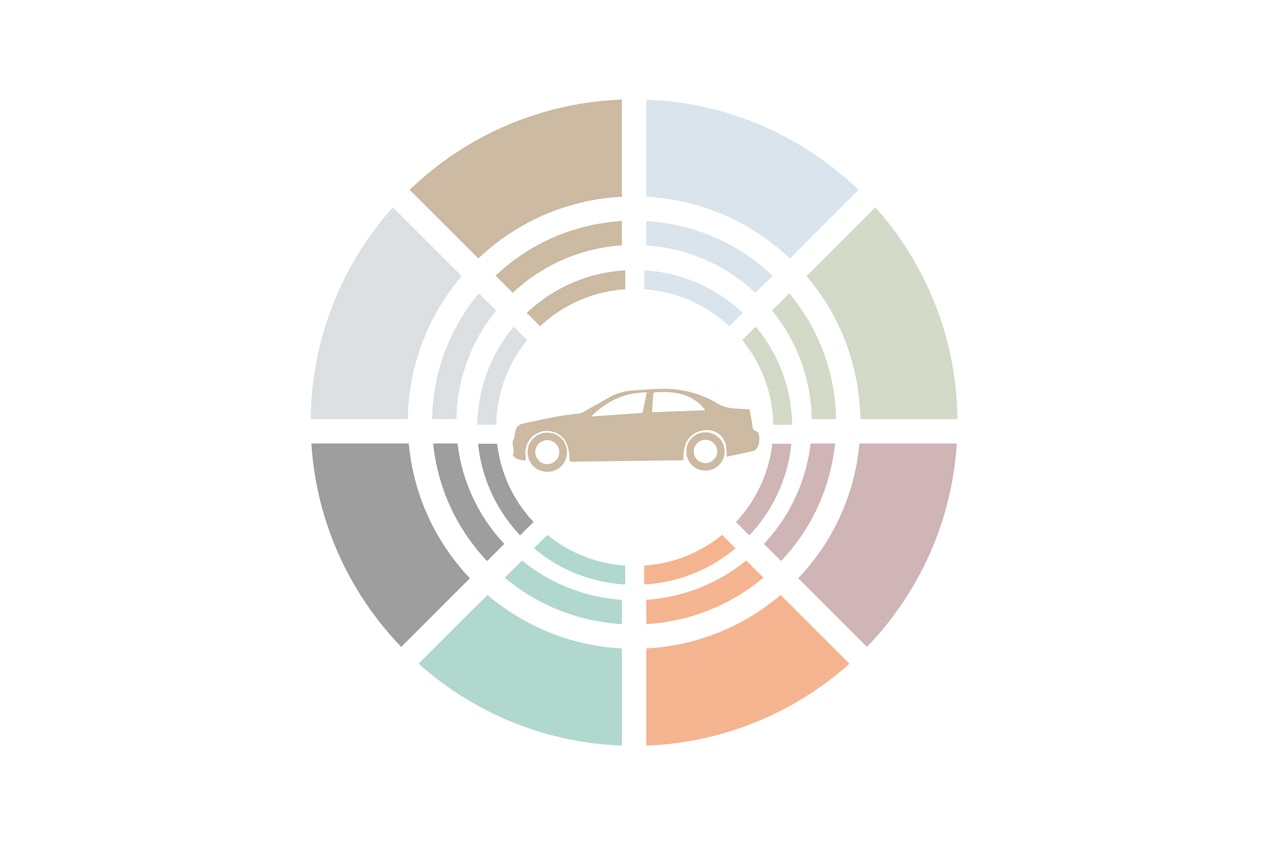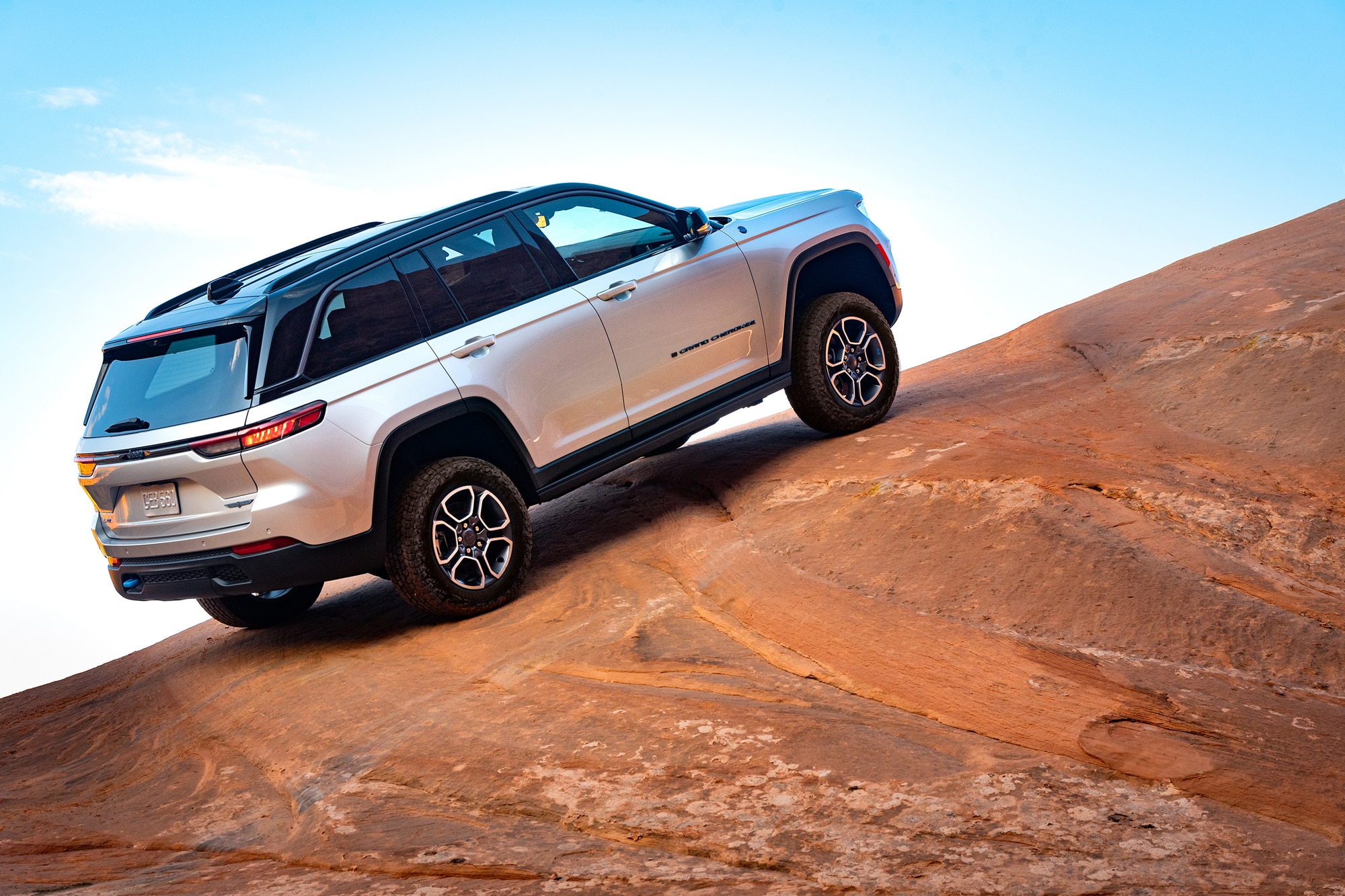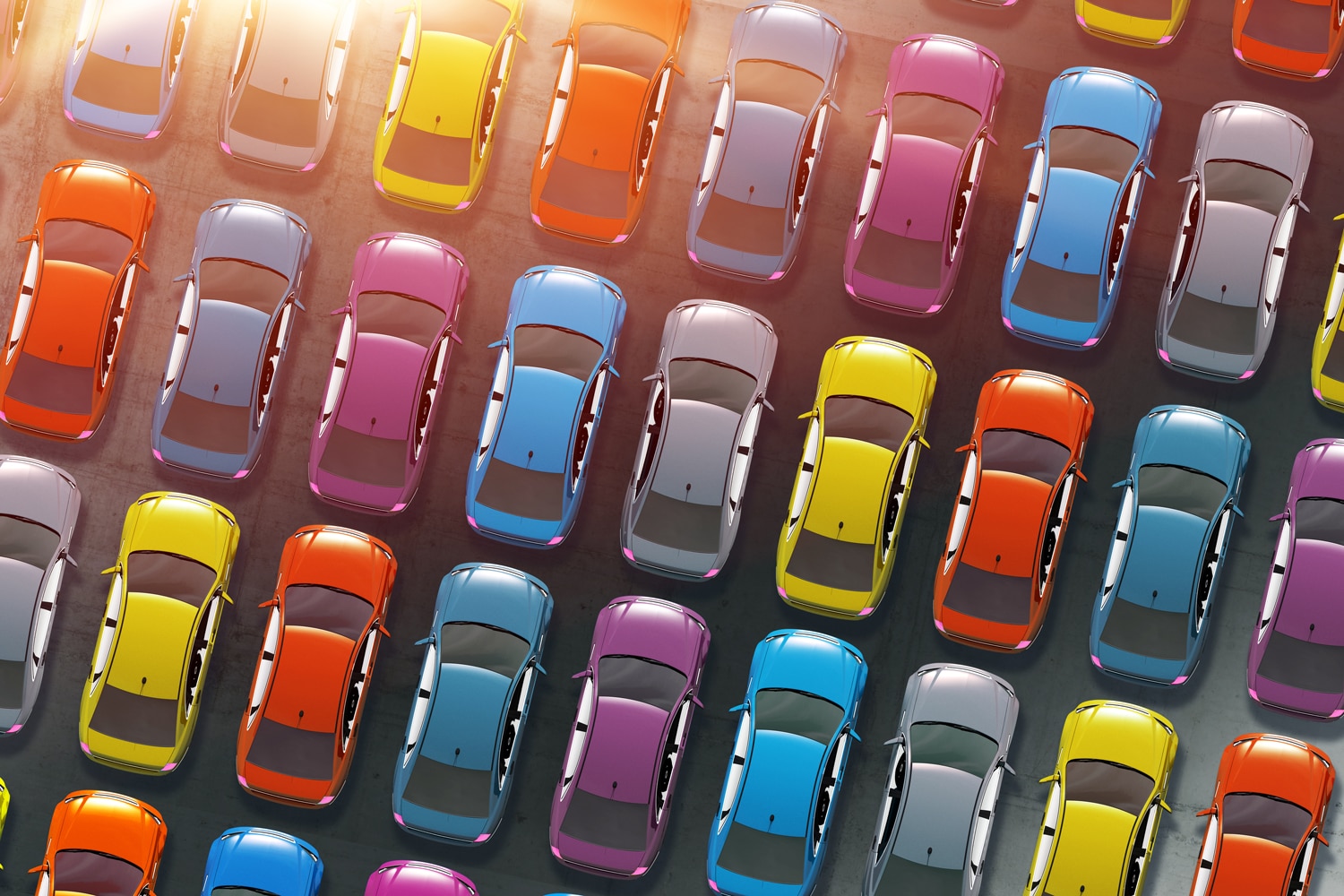The Future of Car Color: Silver's Out, Earth Tones Are In
Influenced by the tech industry, the natural environment, and the way we buy cars, our color preferences continue to shift.
 Getty Images
Getty Images
Color is an important consideration for many car shoppers. It’s one of the first things you select when configuring a car, and that small bit of personalization helps you visualize yourself behind the wheel. But different vehicles serve different demographics, and different demographics want different things. A sports-car buyer likely wants to stand out a little, which is why you’ll find bright reds, canary yellows, shiny blues, and greens on the options sheets of Porsche 911s and Chevy Corvettes. Crossover buyers, on the other hand, likely want something practical, with cargo space and cup holders and a color that appeals to everyone. It’s also a volume thing. Automakers offer a smaller and safer palette on mass-produced vehicles because it’s cheaper and buyers prefer not to pay more for color, so you’re left with a choice of ever-popular and inoffensive hues like white, silver, and black. But that could be changing. Read on to learn about the vista of car colors for today and tomorrow.
 Capital One
Capital One
Personality Matters
In developing colors for everything from luxury SUVs to rumbling muscle cars, automotive color and trim designers take inspiration wherever they find it. Take the Jeep Wrangler, for instance—a go-anywhere machine, this off-roader can ostensibly tackle the most extreme environments. So why not lean into that with a color that evokes an untamed expanse? That’s how Jeep designers came up with Gobi, a solid tan heavily influenced by the vast landscape of Asia’s Gobi Desert.
Paint colors don’t just play off the capabilities of the vehicle. They also reflect the personalities of drivers. Is the owner looking for fun or glamour? Are they trying to show off or blend in? Many Wrangler drivers don’t shy away from attention—owners regularly flash a two-finger salute to one another, after all—so Jeep offers a palette of bold paints beyond the common core colors of black, white, and silver. In 2021, the company launched a limited-edition electric pink—named Tuscadero after the “Happy Days” character—and sold 30,000 Wranglers sprayed in the eye-popping hue. Due to its popularity, Jeep extended Tuscadero’s availability into the 2022 model year. But when it comes to something more stately, such as the three-row Jeep Grand Wagoneer, attention-grabbing paints can be as wrong as pouring pickle juice over a hot-fudge sundae.
 Jeep
Jeep
In a Grayscale World, Gray Is Having a Moment
It takes only a short walk through the grocery-store parking lot to know which colors dominate the automotive landscape. White, black, and silver have long ruled the roost. Car buyers like these colors for a number of reasons. Black has a certain prestige. It highlights a vehicle’s curves and also its imperfections, which is appealing to used-car shoppers, who don’t want to miss body scratches or dents as they often indicate a lack of care. White and silver, on the other hand, don't show dirt as much as other colors, and they reflect the sun, keeping cabins cool.
In its
Nancy Lockhart, Axalta’s global product manager for color, looks at paint trends and works with car companies to meet customer demands now and in years to come. “White has hit this all-time high,” she says, but its dominance is waning. Gray is starting to go up in popularity. And while gray might seem as unexciting as white, Lockhart takes a different view: “Some people would say, ‘It’s gray. Who cares? It’s another neutral color.’ But gray comes in many shades; you can have a green-shade gray, a blue-shade gray, a light gray, a dark gray. It does have a little bit more intrigue to it than a typical white.”
What’s more, Lockhart says that the eco-friendly movement has opened the door for new shades. “At Axalta, we’ve developed a palette of car colors that are very natural and earthy, inspired by nature.” These include coppers, browns, sage greens, and even bright golds. And according to Lockhart, Axalta’s choice of ElectroLight—a vivid chartreuse—as its 2021 Global Automotive Color of the Year was partly due to a feature found on many electric vehicles: the green light ring around an EV’s charge port.
 Getty Images
Getty Images
Car Colors, Circa 2025 and Beyond
Misty Yeomans, color styling manager for automotive-paint-giant PPG Industries, uses her background in fine arts to search for color trends that resonate with automotive customers. Problem is, she needs to think three or four years out, as that’s how long it takes for a car to go from the design phase to production. When asked what colors we might see on vehicles in 2025, Yeomans says the palettes gaining in popularity are “warmer whites” and “organic tones,” such as earthy browns, soft grays, and greens.
“Silver had its day,” she says. “We saw a lot of silver come out with the proliferation of cell phones. That color was associated with technology. Then the technology shifted to white with iPhones, so everybody was clamoring for white.”
And with more people shopping online these days, Yeomans says people are “more patient for color” and eager “to express their personality” with their vehicle. Looking for a used car or spec’ing a new model from the comfort of your couch opens up your options and eliminates the pressure to buy whatever’s on the largely monochromatic lot.
Written by humans.
Edited by humans.
 Nick Kurczewski
Nick KurczewskiNick Kurczewski is a freelance automotive journalist based in the New York metro area. With approximately 20 years of experience, he has covered all aspects of the car world, from the pit lane at the 24 Hours of Le Mans, to car shows around the world, and a Zamboni lesson in Lower Manhattan. He’s also adept at providing helpful car advice and steering people towards the ideal car, truck, or SUV for their driving needs.
Related articles
View more related articles